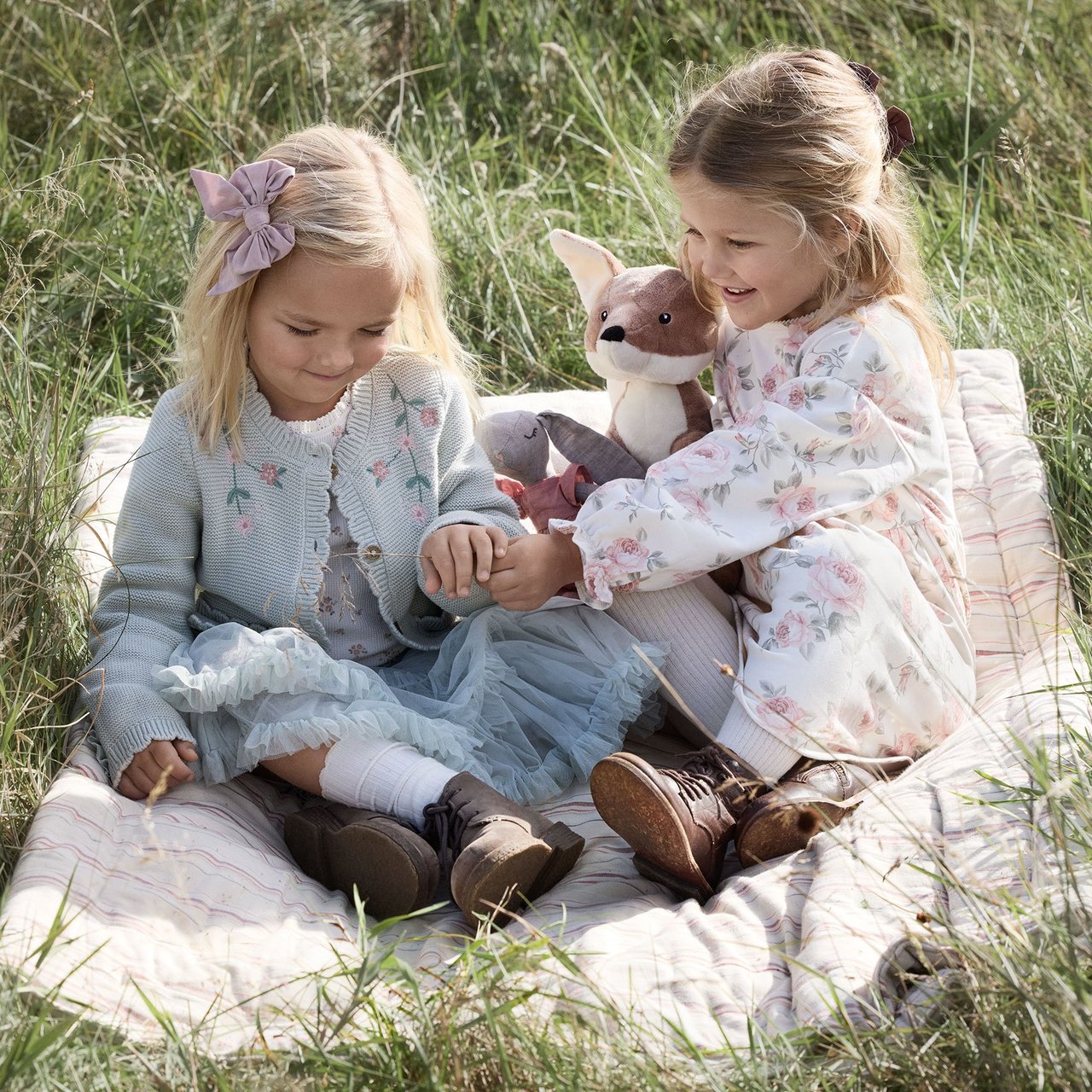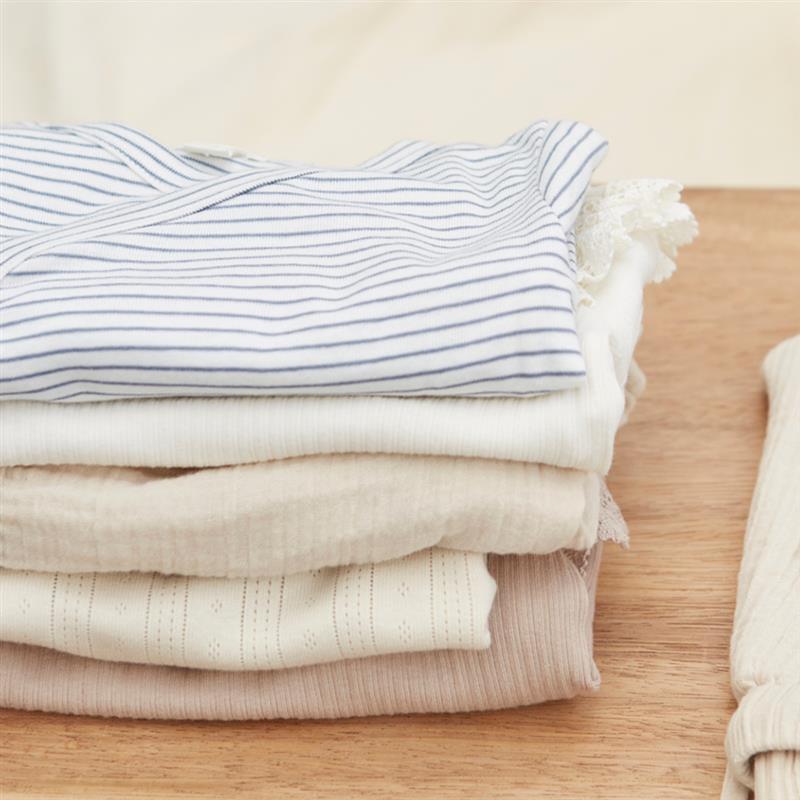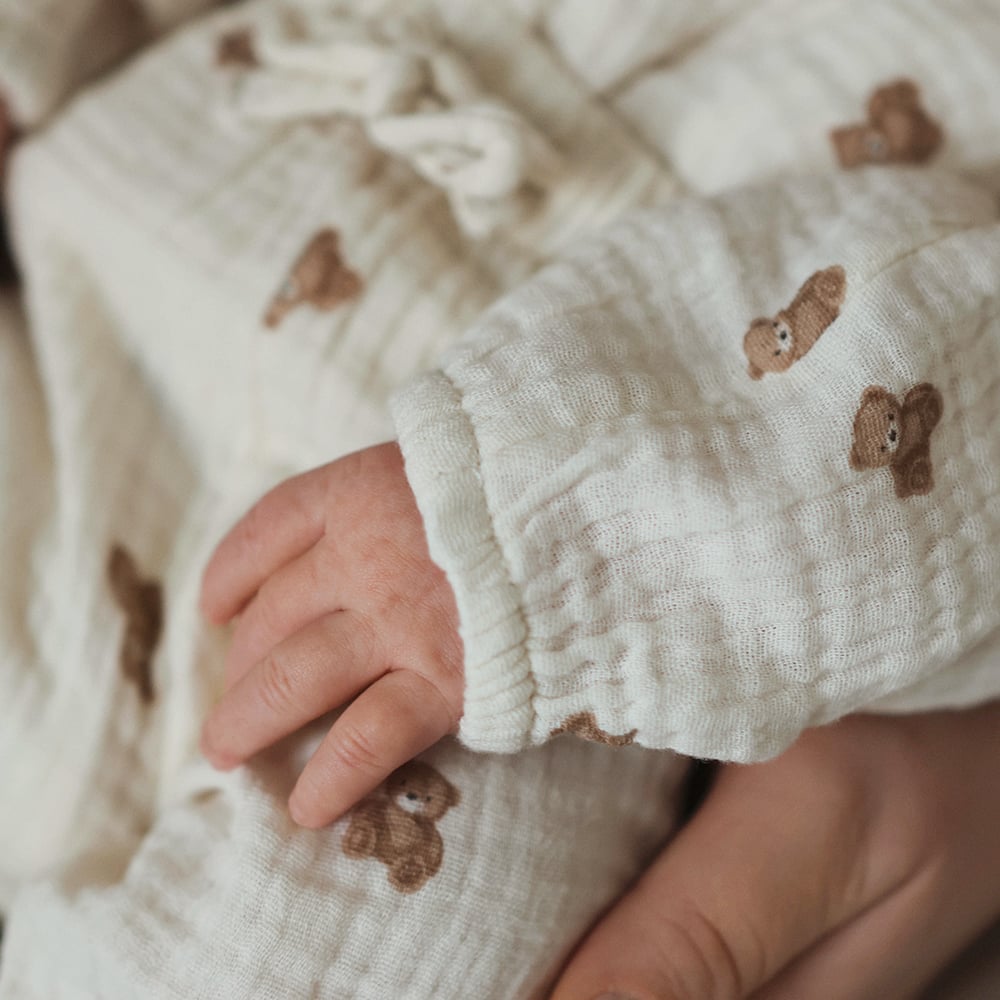- Sustainability
Sustainability
Design made to last
We are truly committed to shaping a beautiful future for generations to come. That’s why, we create design made to last. Formed with much passion and care, in every seam and delicate detail. With caring comfort for the children who will wear it. Our timeless and nostalgic styles outlast trends and span the seasons. Nearly everything is made using materials with less environmental impact than conventional ones. Meaning that all cotton and wool is certified, and we use as much recycled materials as possible.
Our wish is for every Newbie garment to hold cherished memories of several children. Forever weaved into the seams. Garments to pass on like treasures, ready for new memories to be made by younger sisters and brothers. We aim to lessen our impact on the planet.
Our sustainability work:
Due to problems with a certification body in India, we have not received the correct GOTS certificate for some products sold during the winter/early spring. We therefore cannot prove that the products are certified despite the marking on the packaging or the hangtag. Please see attached list with concerned products.



